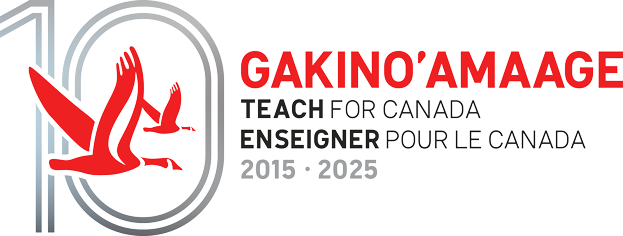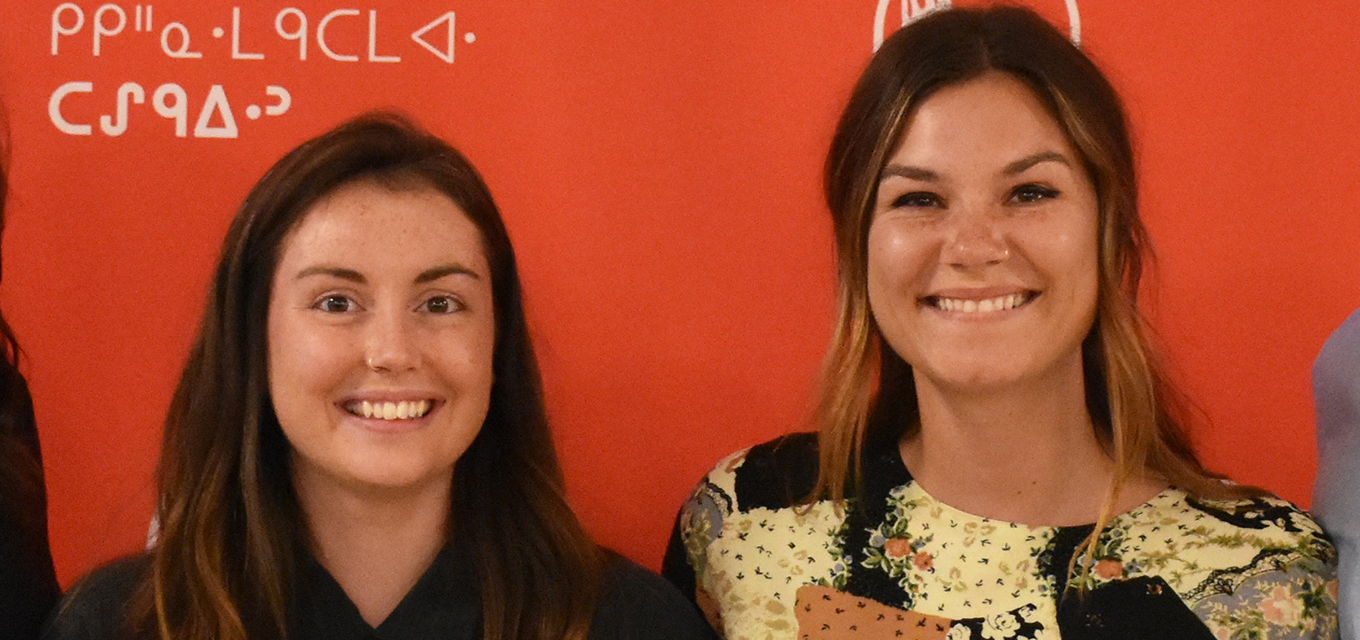Beth Shaw is the Grade 7/8 teacher at Pegamigaabo School in Big Grassy River First Nation and her partner, April Whalen, is the school’s Grade 5/6 teacher. When the couple first considered moving to a northern First Nation to teach, Beth wanted to make sure they were ready to make a commitment to the North. She didn’t want to be part of the revolving door of teachers that, unfortunately, many northern communities experience. Read on to learn about their journey.
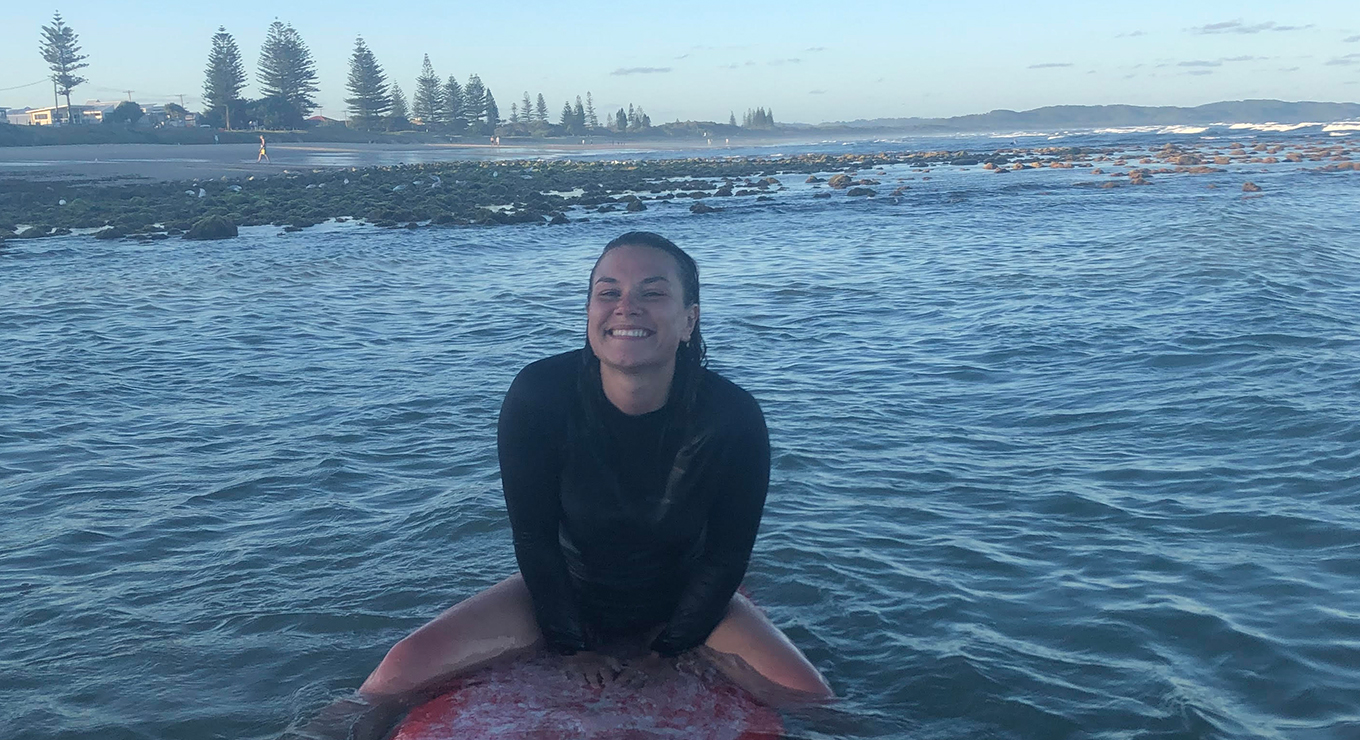
Beth moved to Melbourne, Australia to teach with her partner April after teachers’ college.
When I finished teachers’ college, I had always imagined myself moving abroad to travel and teach. I was also lucky enough to have met my partner April, who was also becoming a teacher who also shared the same dream of teaching abroad. So, after graduation, we sold or donated all of our possessions and move halfway across the world to Melbourne, Australia.
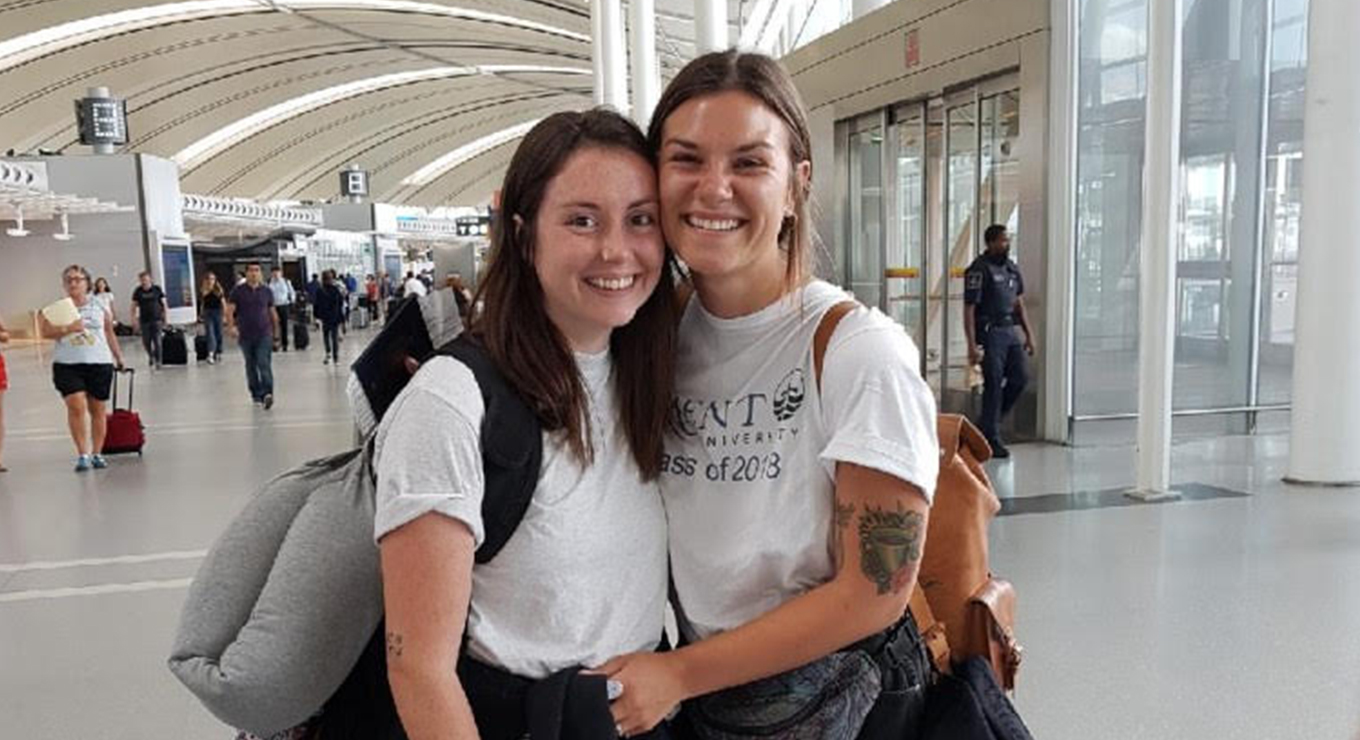
Beth and April went on a lot of adventures while living and teaching in Australia.
We were able to get work quickly doing supply teaching and the flexibility allowed us to travel during the term breaks. During those breaks, we surfed the waves in Byron Bay, saw Quokka’s on Rottnest Island, road-tripped Tasmania and swam with turtles in the Great Barrier Reef. All of those experiences added up to one incredible year but as our visa was coming to an end, we needed to make a decision about our future.
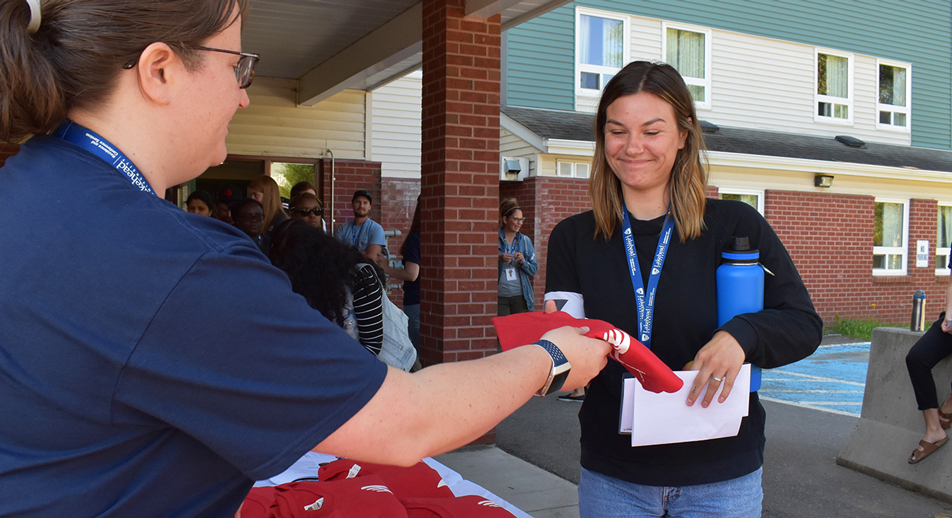
Beth and her partner April started looking for full-time teaching jobs in Australia and Canada.
We both knew that one thing was missing from the supply work we had been doing and that was connections. We both missed the consistency that comes with being a full-time classroom teacher. The ability to make strong connections with students and watch them grow as people. That’s when we made the decision to look into full-time positions both in Australia and back home in Canada.
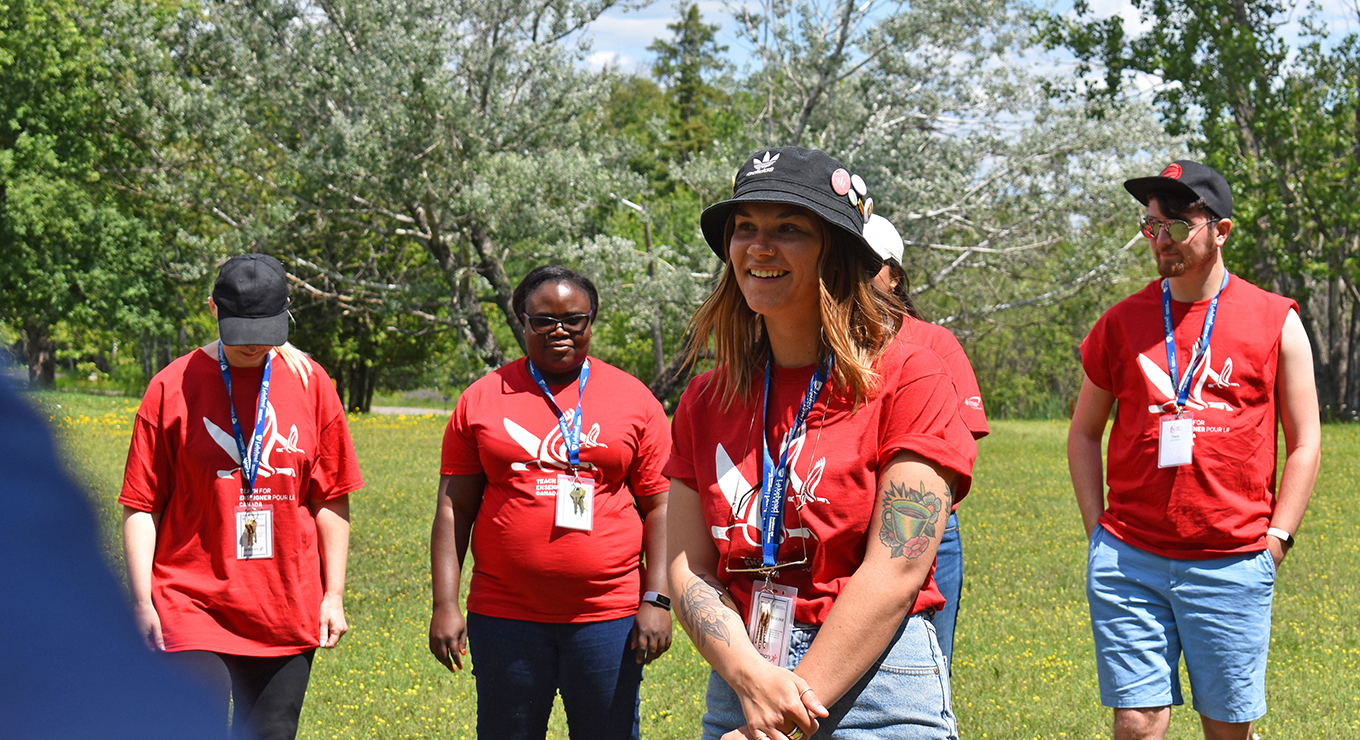
Beth had always been interested in teaching in a northern First Nation, but she wanted to make sure it would be long-lasting.
One of the options that crossed our minds was Teach For Canada, an organization that helped to match teachers to First Nations communities in Northern Ontario. This was something that I always knew I wanted to do but needed to make sure that I was ready for something more permanent and long-lasting. I didn’t want to be a part of the revolving door that unfortunately, many northern communities experience.

Beth and April both applied to teach in a northern First Nation through Teach For Canada.
After speaking with April about this opportunity, she agreed that this was the perfect fit for both of us. The process of applying was exciting but also scary, not knowing where we’d be moving to and how we’d have to move back across the world. Luckily though everything just sort of fell into place, although it did include several 1:00 am Skype interviews because of the time difference!
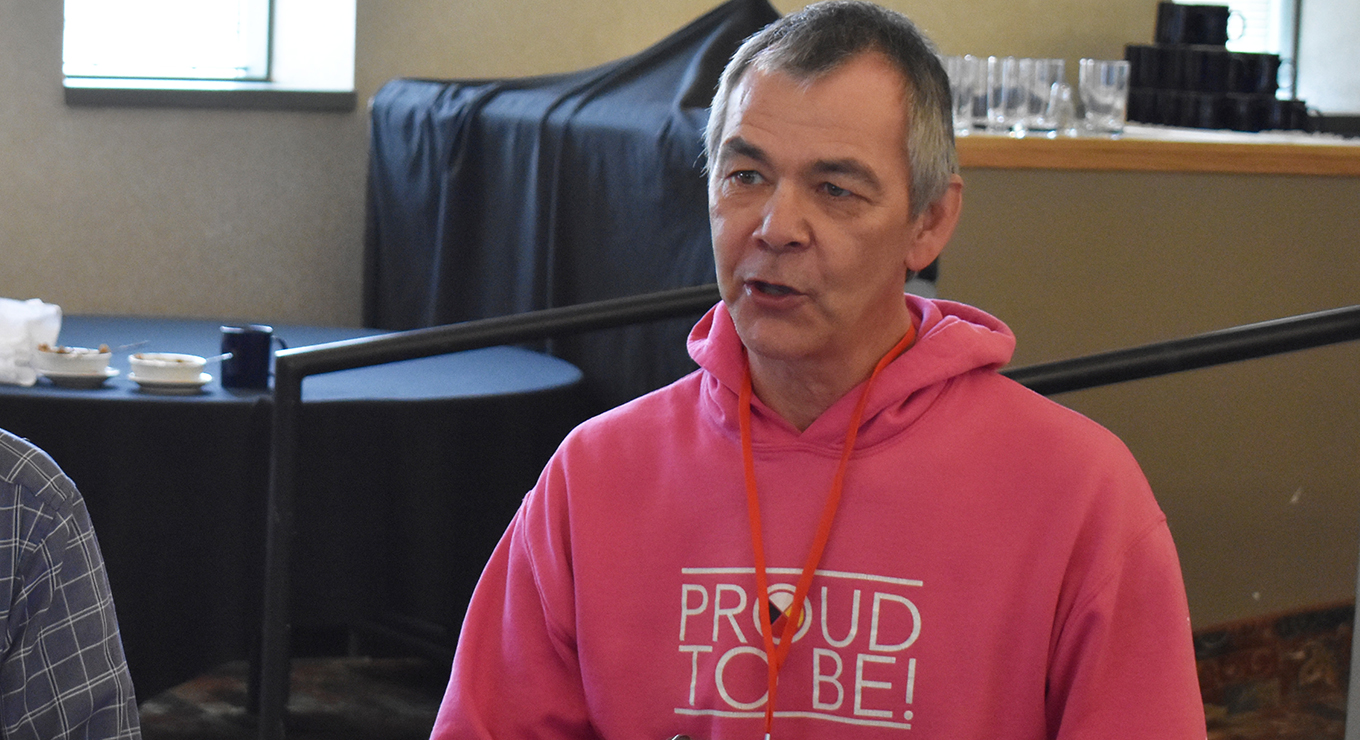
The two teachers connected with Brad George, the Education Director and Principal in Big Grassy River First Nation.
As the interviews ended and the hiring began, we instantly made a connection with Brad George, the Education Director and Principal from Big Grassy River First Nation, who was looking to hire a Grade 5/6 and a Grade 7/8 teacher. It felt like a perfect match and before long it was June, which meant we’d be getting on a long 15-hour flight back to Toronto.
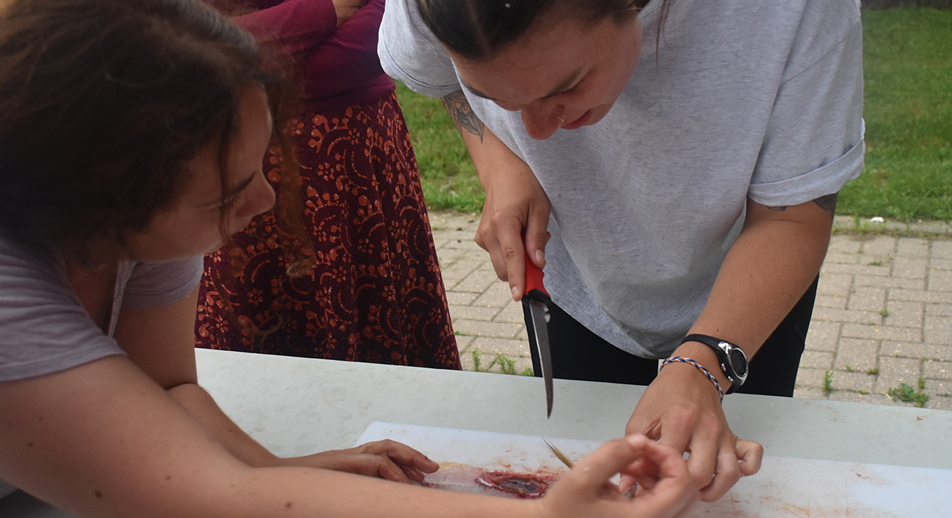
Together they attended the Summer Enrichment Program to learn about First Nations histories, cultures, and pedagogy.
Once we were home it was time to unpack and then repack to travel to Thunder Bay for the Summer Enrichment Program. The Summer Enrichment Program is a training program that Teach For Canada provides to all of its teachers before they head up to their communities in August. It was an intense experience filled with so many highs and some sobering realizations that allowed us to better understand our future students and communities. While there we also made connections with some incredible people, who we still message on Facebook and catch up whenever we can.
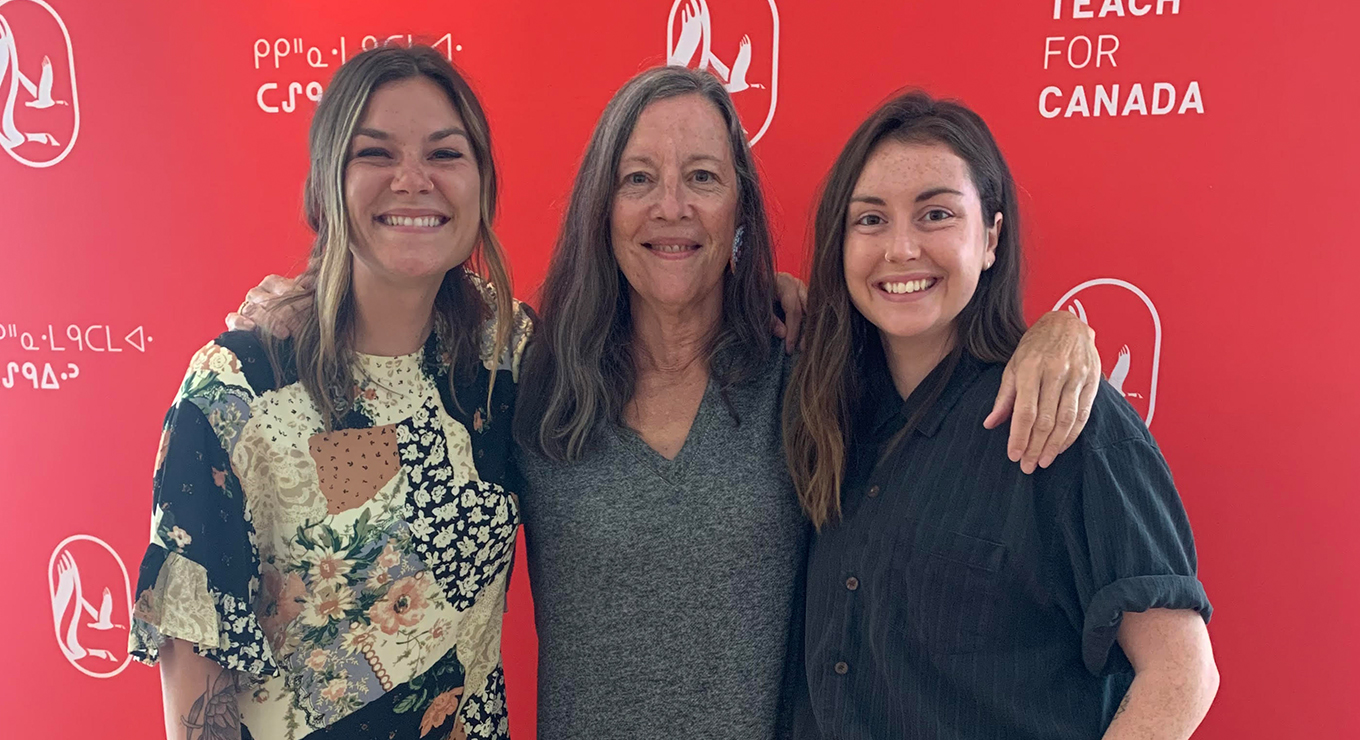
Beth and April made many connections at the Summer Enrichment Program, including with fellow Teach For Canada teacher Sue Barnes currently teaching in Kitchenuhmaykoosib Inninuwug.
When we arrived in Big Grassy River First Nation, we were instantly welcomed by our co-workers and community members. The school is well kept by members of the community making it feel like it is brand new. Our life in Big Grassy River First Nation is very different from the life we used to have in Melbourne. It has allowed us to slow down and focus on what’s important. We take hikes outside and go snowshoeing now that there’s snow!
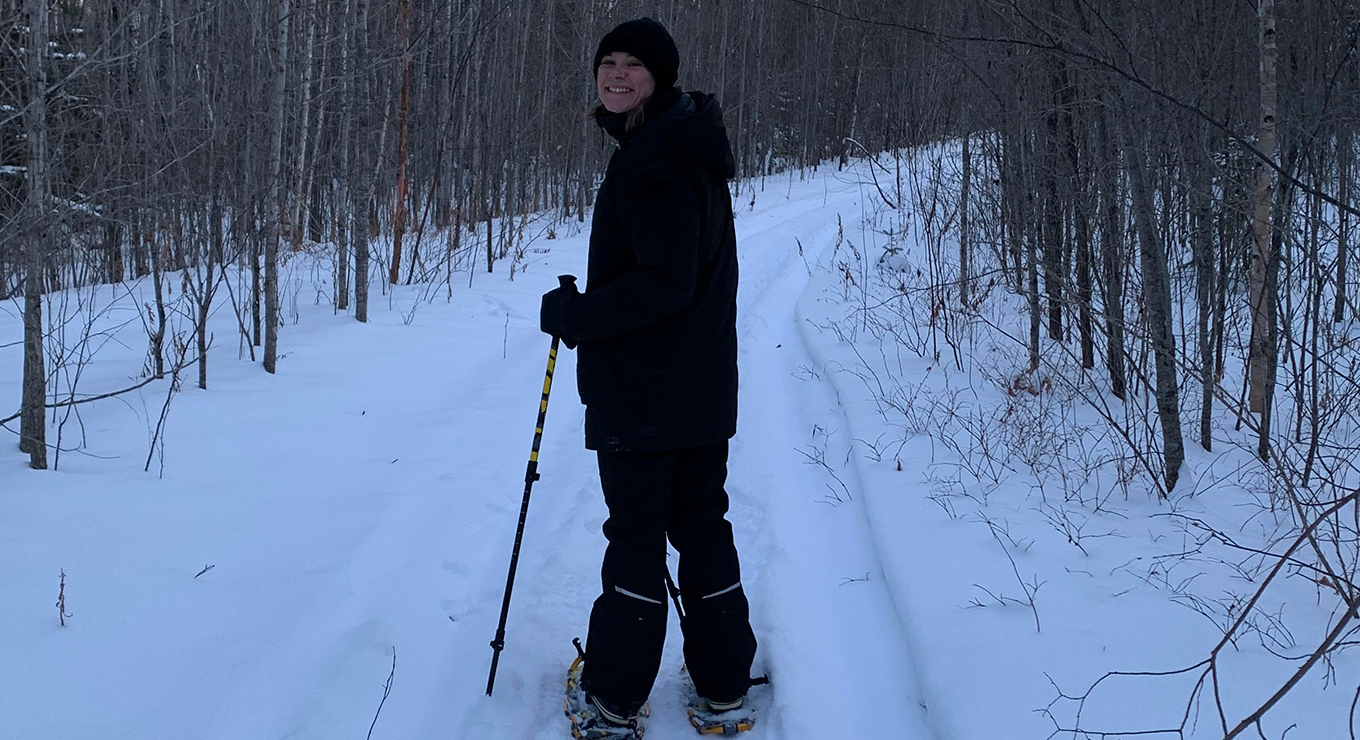
Beth has enjoyed slowing down and focusing on what is important in Big Grassy River First Nation.
We get to spend eight hours a day with the most amazing kids who are funny, smart, kind and so creative. I spend most of my days being astonished by what my students are capable of and them telling me to stop “being so weird about it.” Teaching Grade 7/8 means doing the annual haunted house, planning school dances, theme days, grad trip to Toronto and dealing with all things “awkward.” It also means listening to the endless stories your students have to tell you and learning more about them every day.
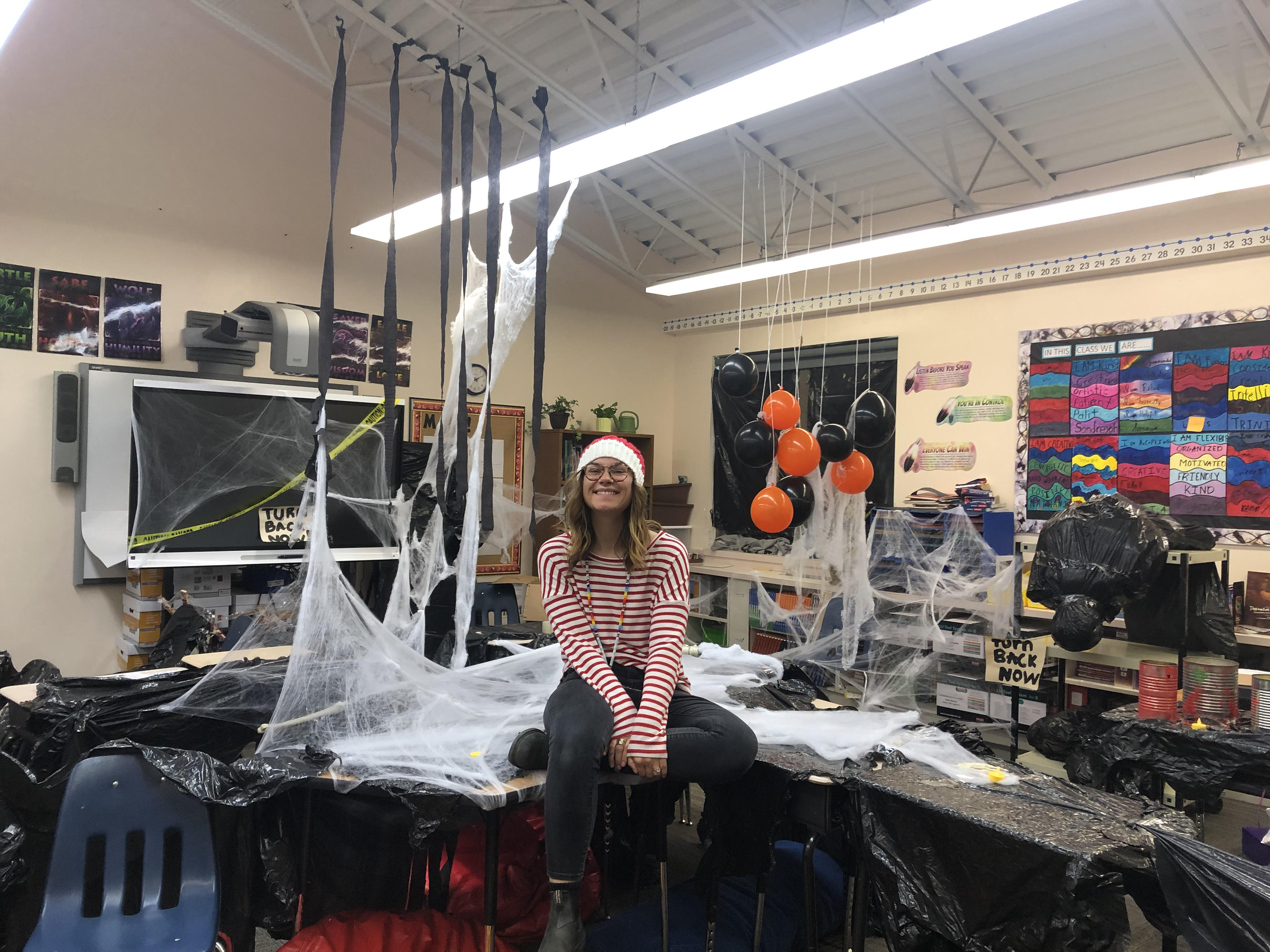
Beth loves teaching Grade 7/8 – including working on the annual haunted house with her class.
Teaching in the North means being an endless stream of support for students who don’t always see the ability in themselves. It means working late to find new ways to make the curriculum meaningful and creating a safe space for all your students to learn. It also means showing your students that you’re in it for the long haul and that no matter what you’ll always be there for them. I think that’s what I love most about teaching, being someone that students can rely on no matter the issue they’re facing. Big Grassy has allowed me to become someone strong and willing to put in the work with my students.
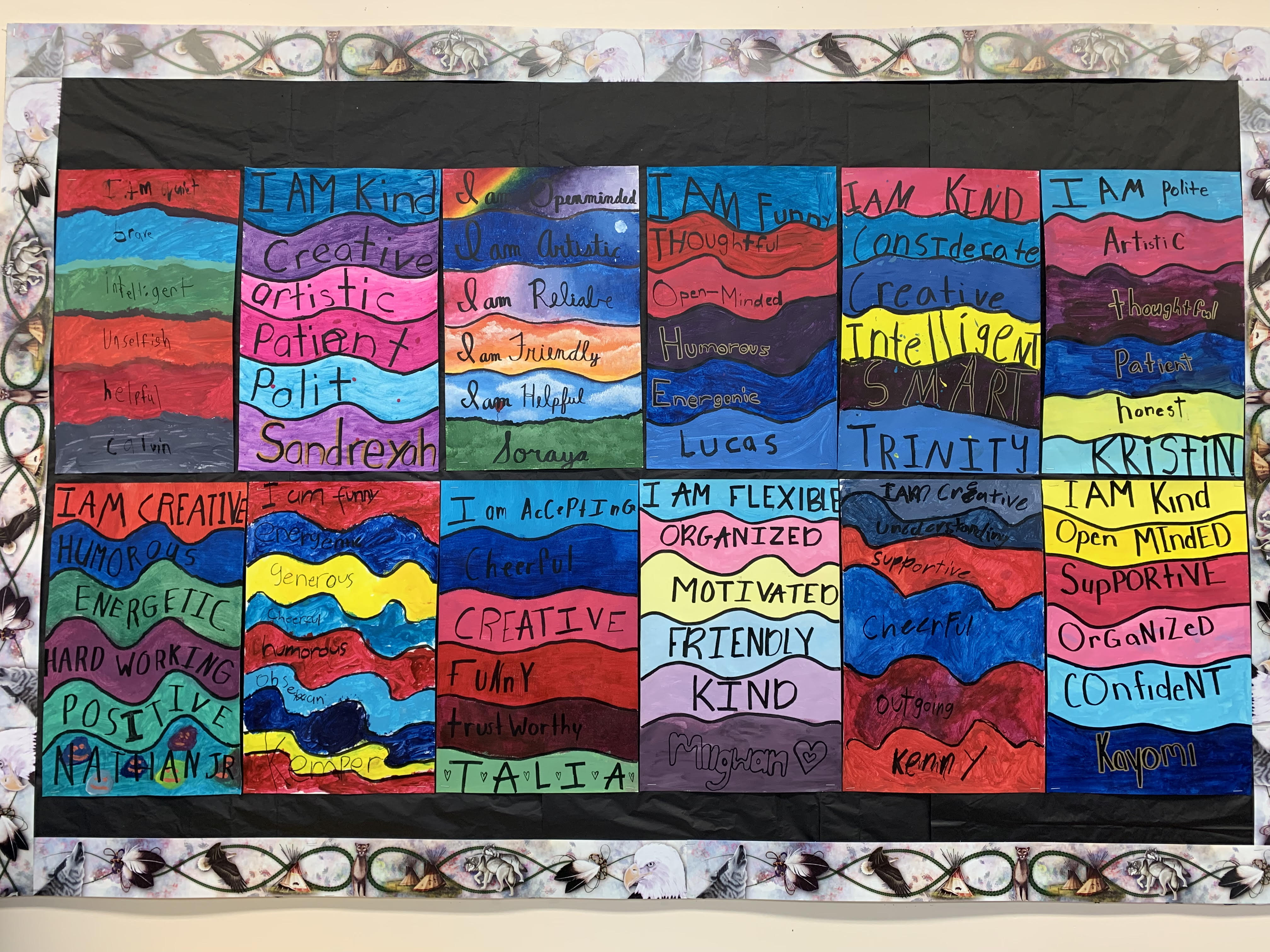
Beth has worked hard to make the curriculum meaningful and to create a safe space for her students.
As January came to an end, I looked at where I was this time last year: sitting at the Australian Open watching tennis. This year I’m getting ready for the annual ice fishing derby and I couldn’t be happier.
Interested in teaching in a northern First Nation? Apply now for the 2020/2021 school year.


